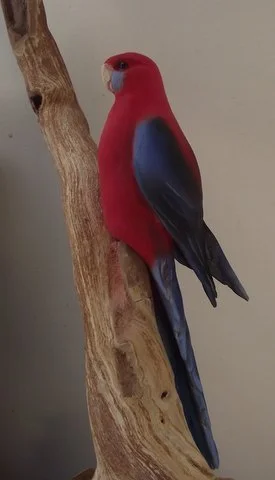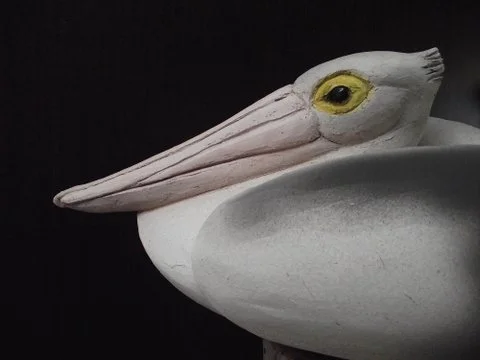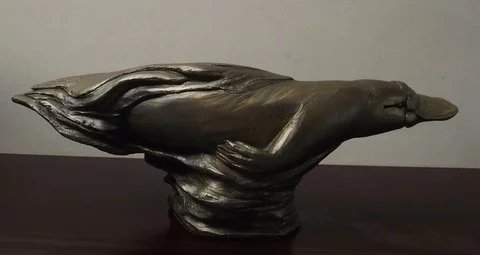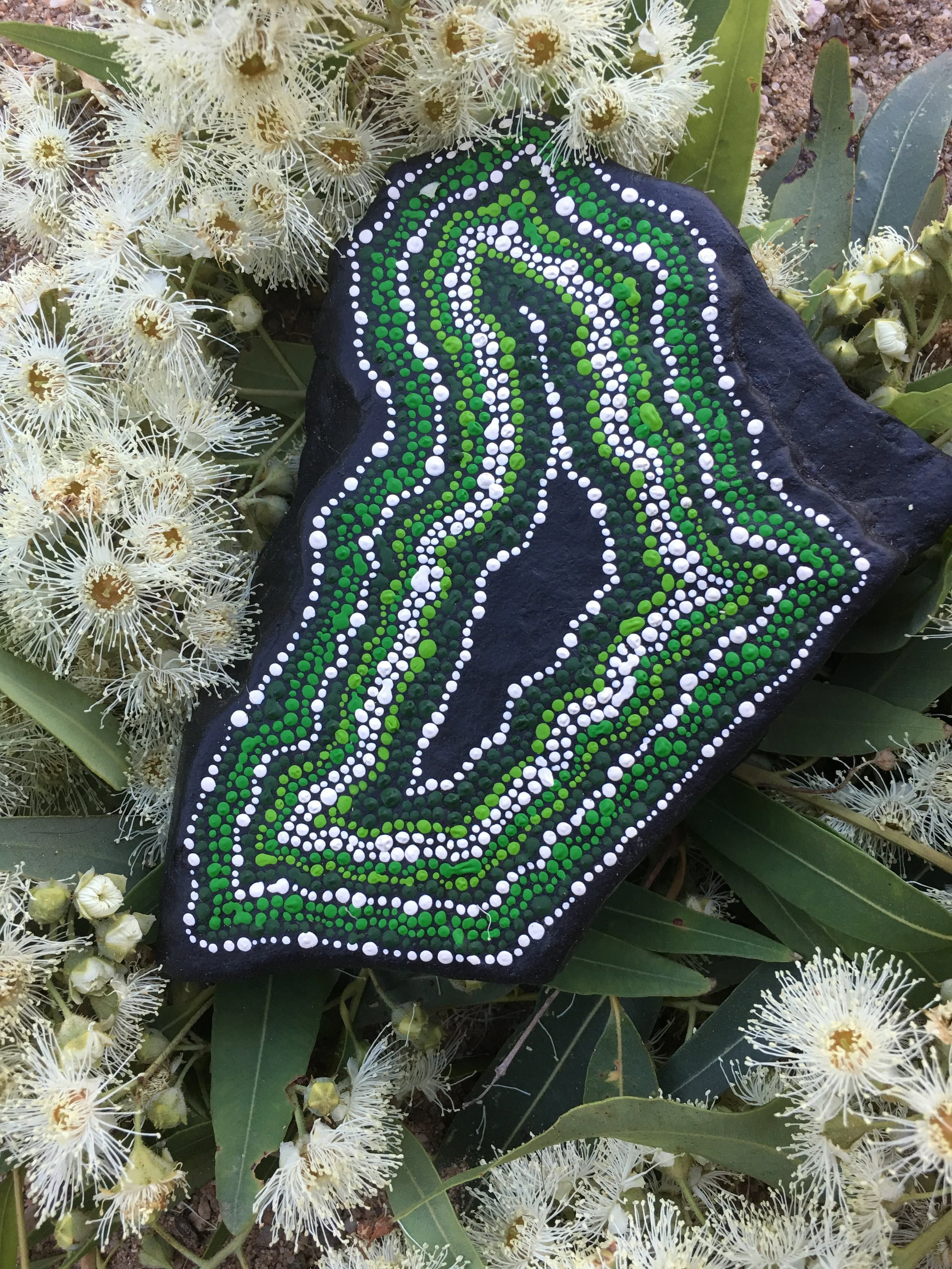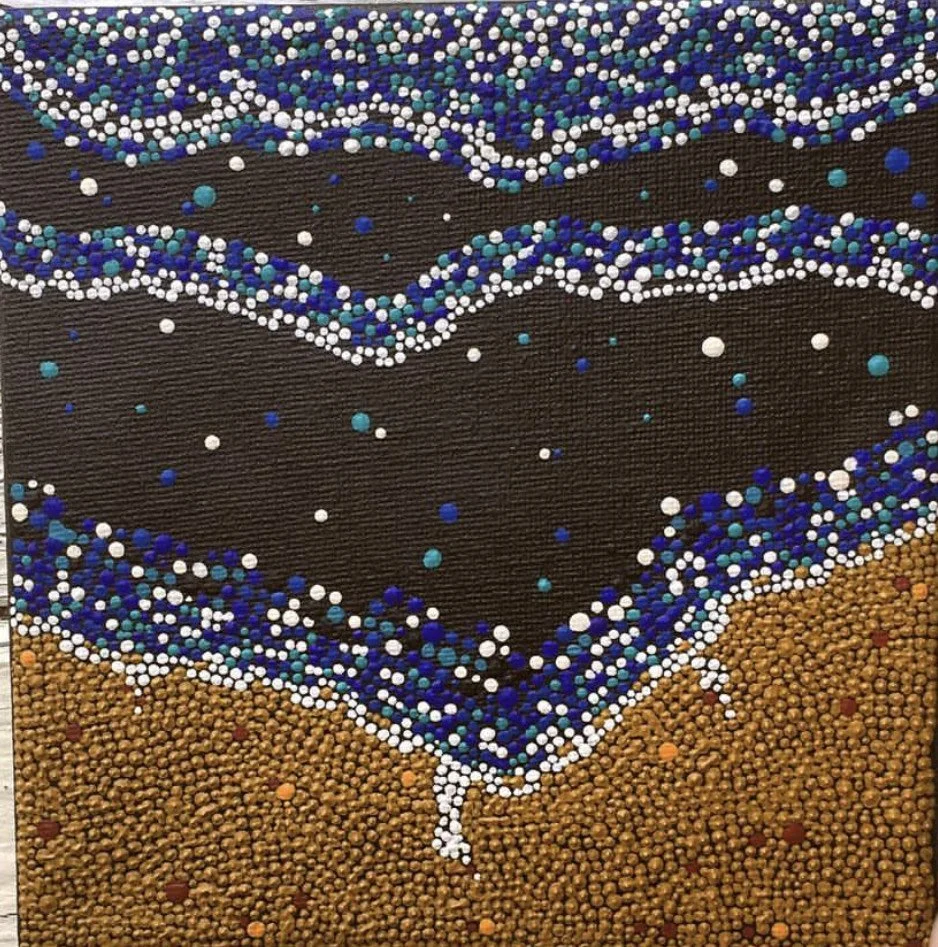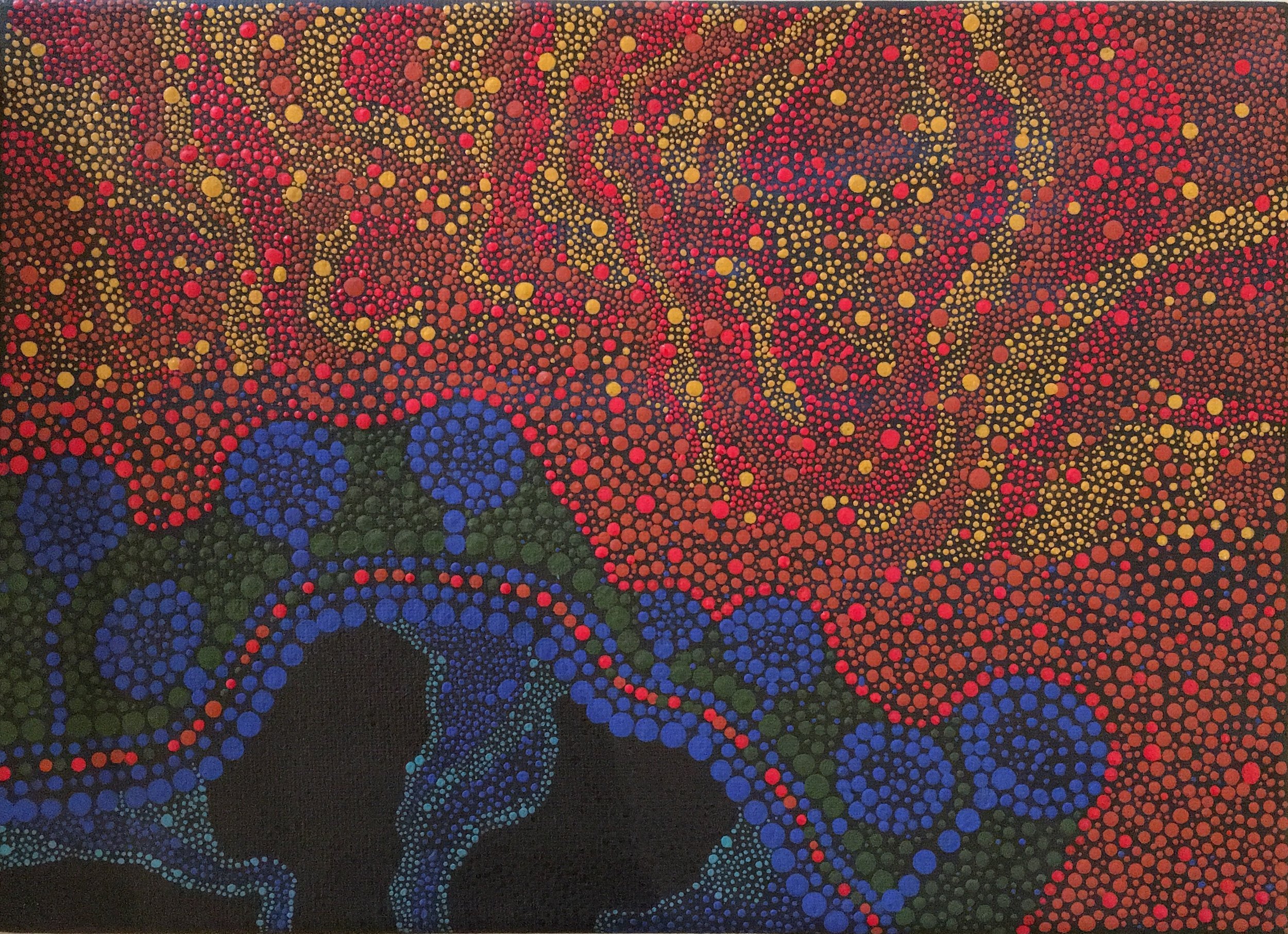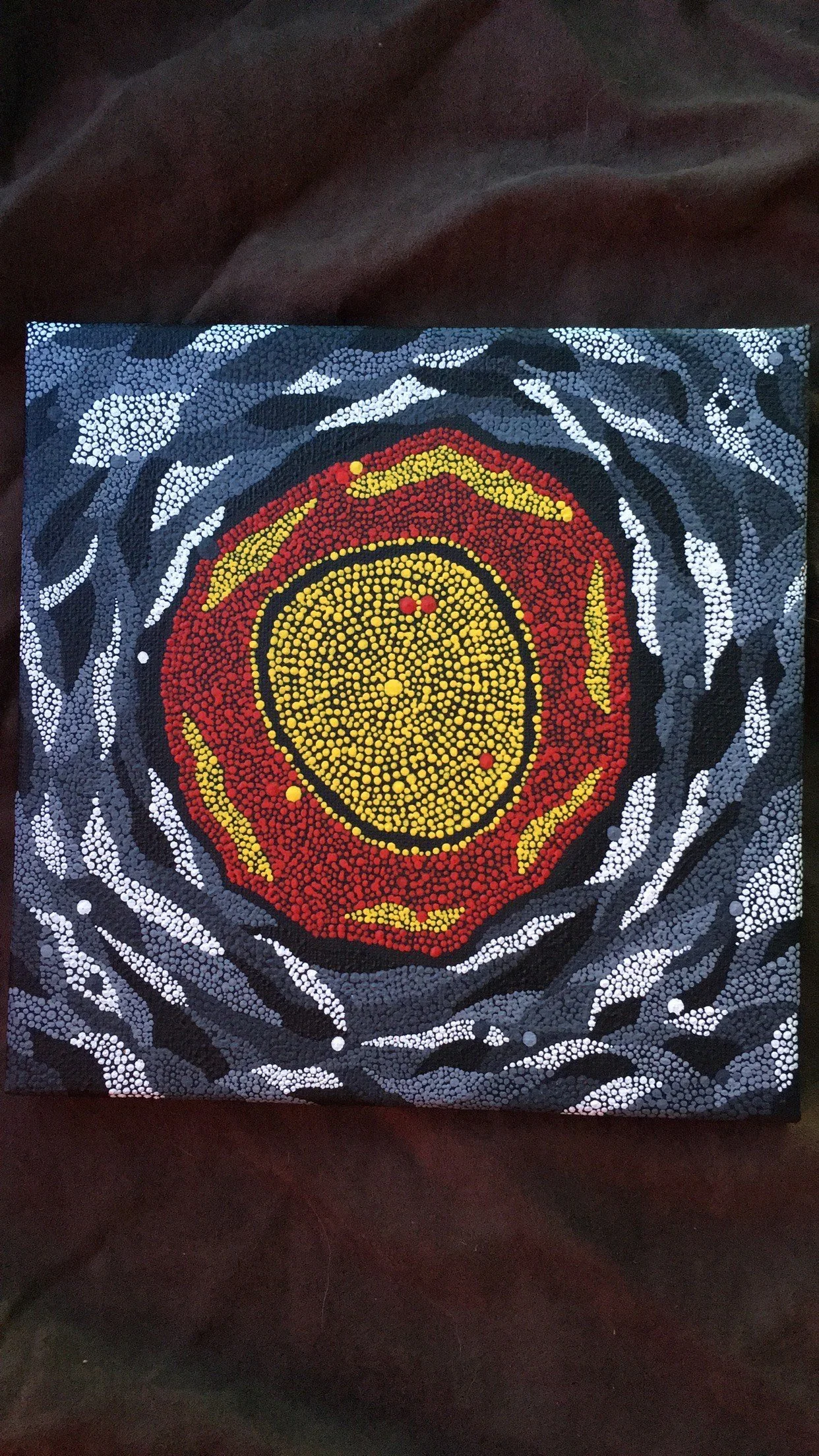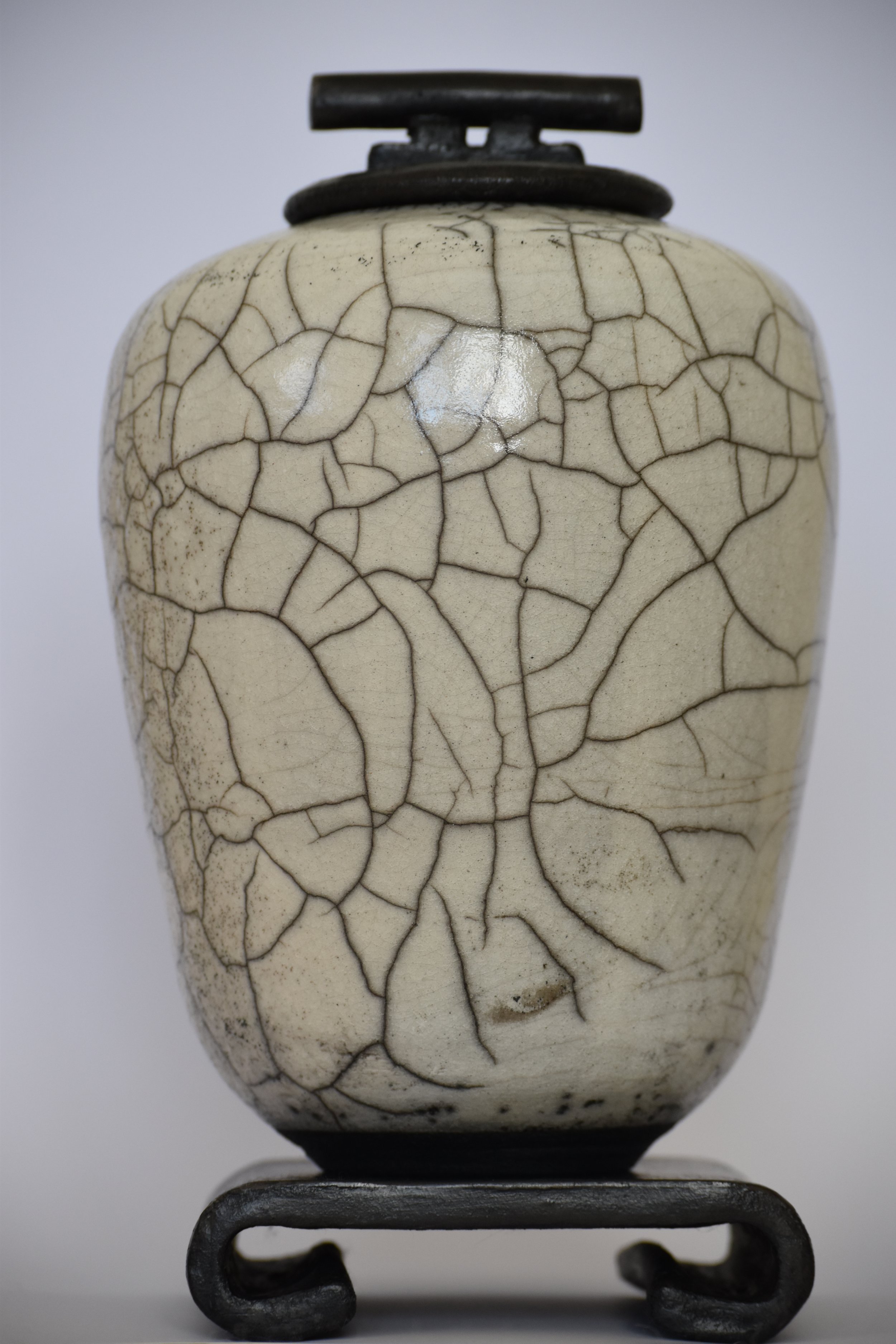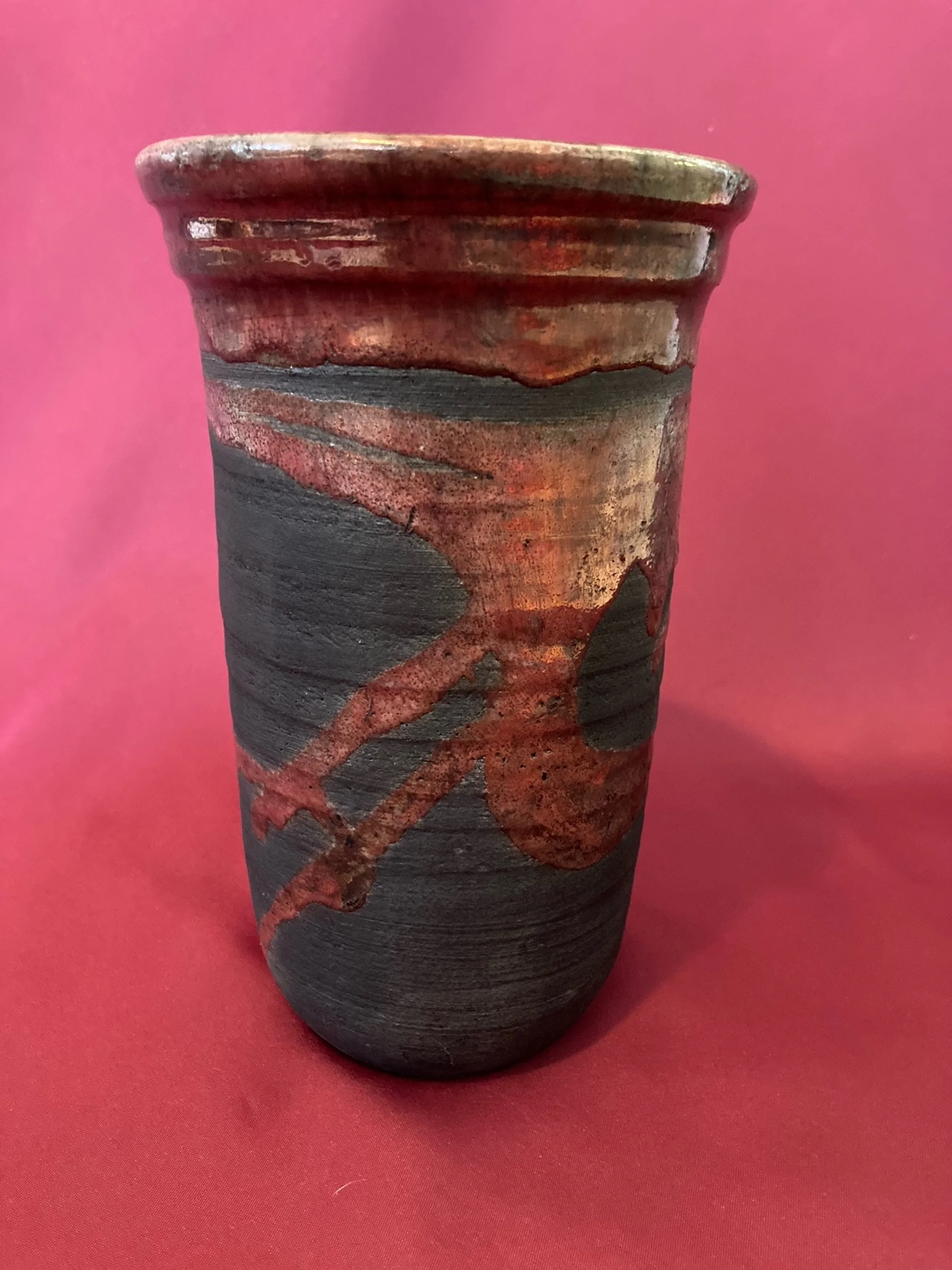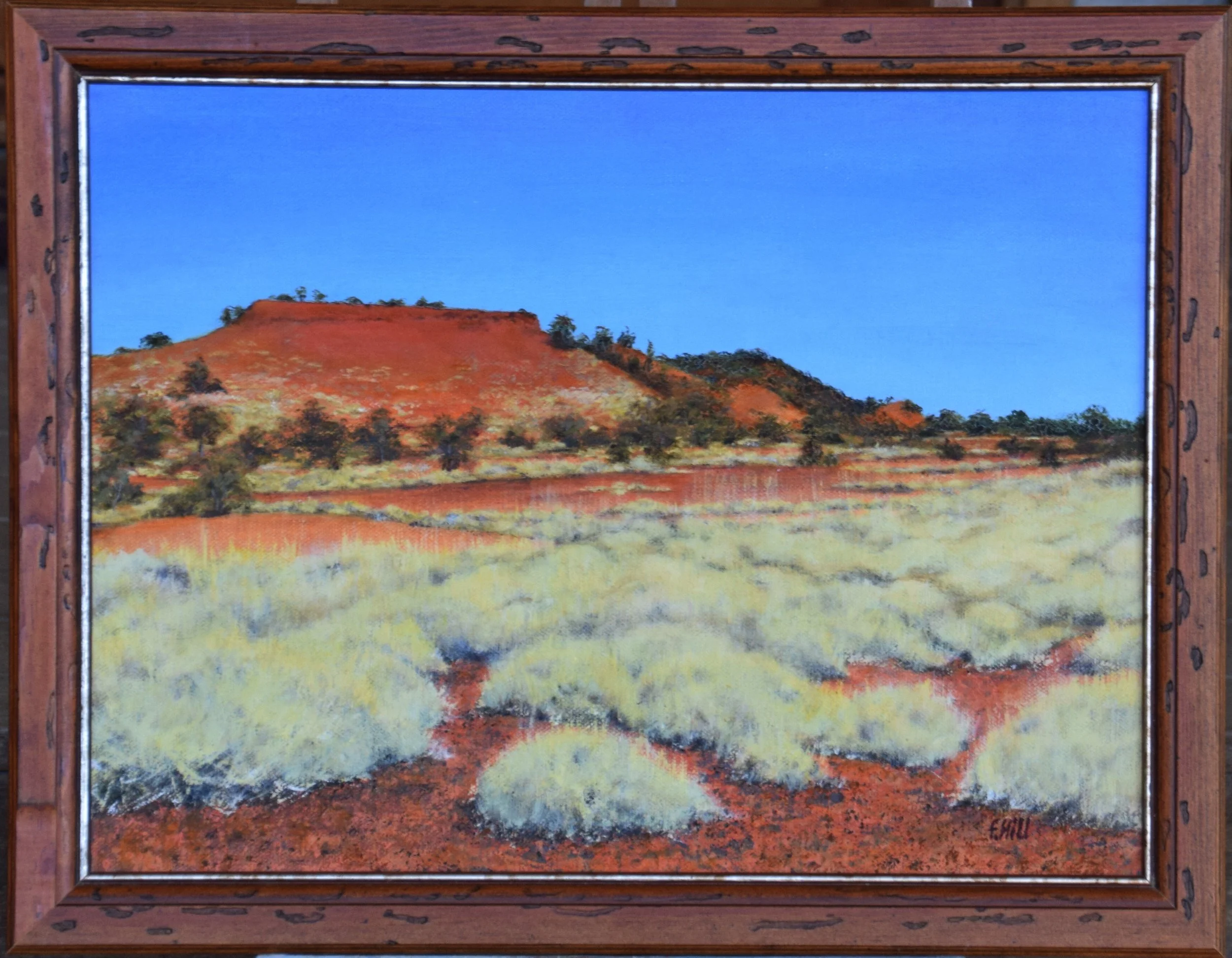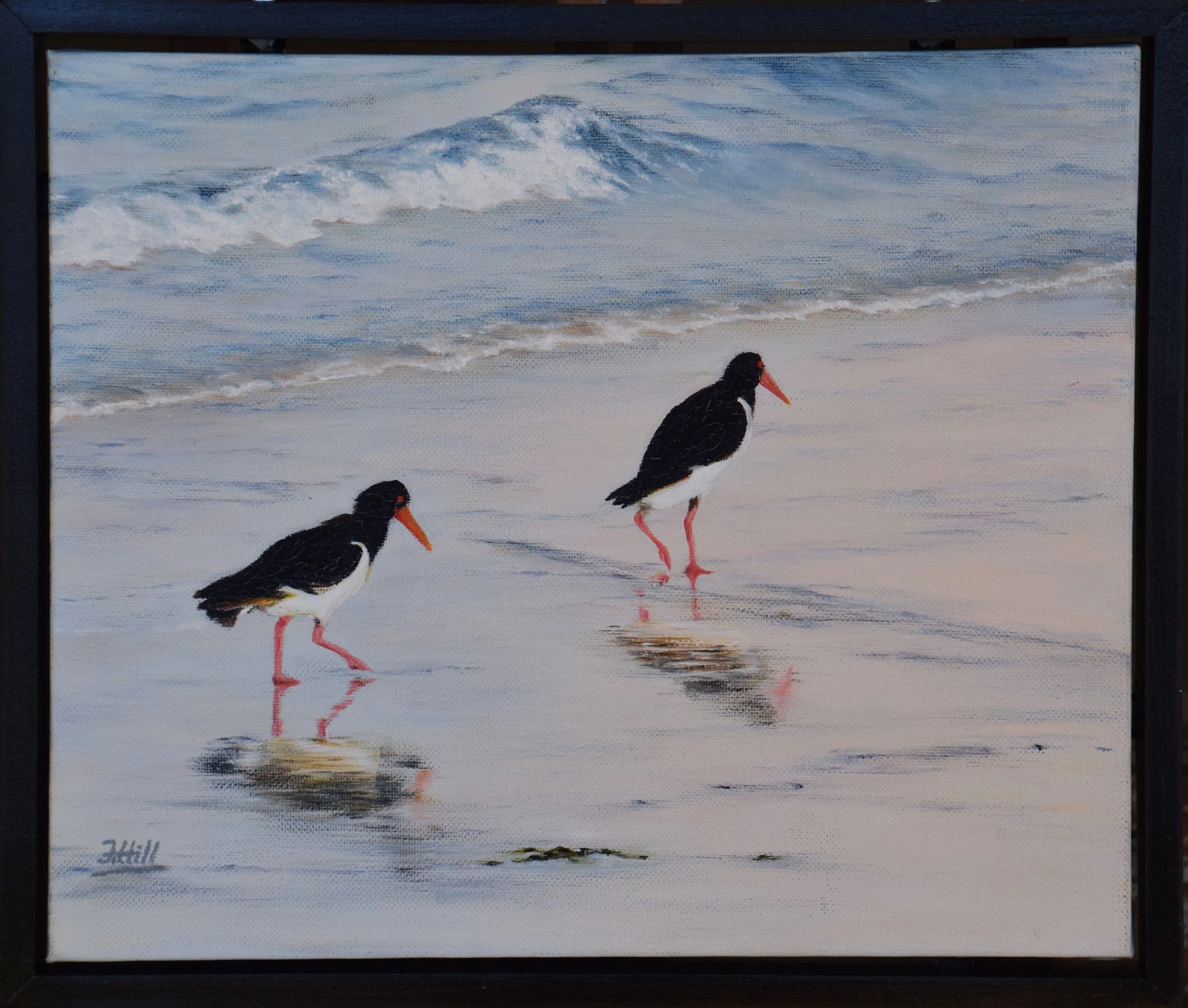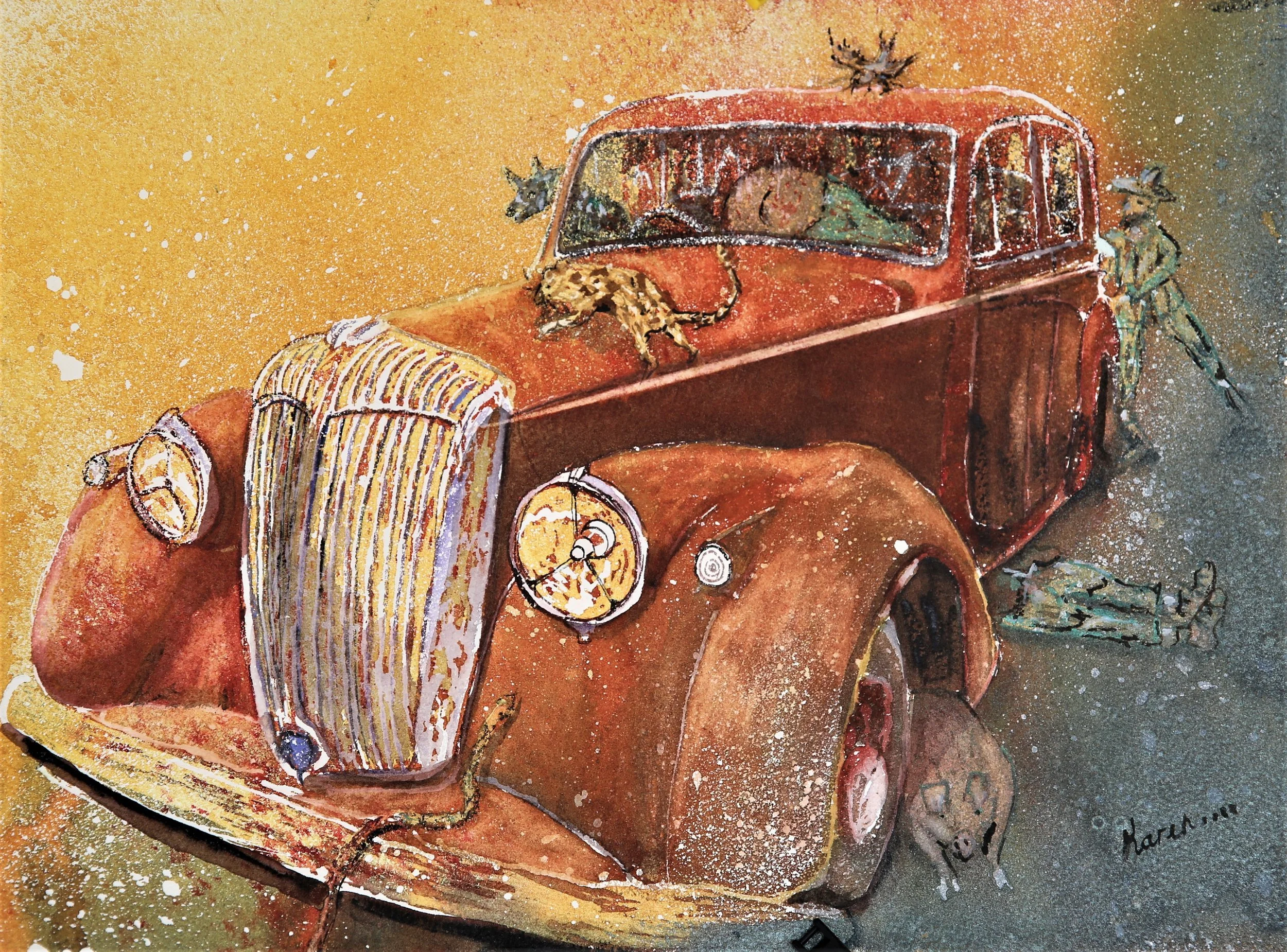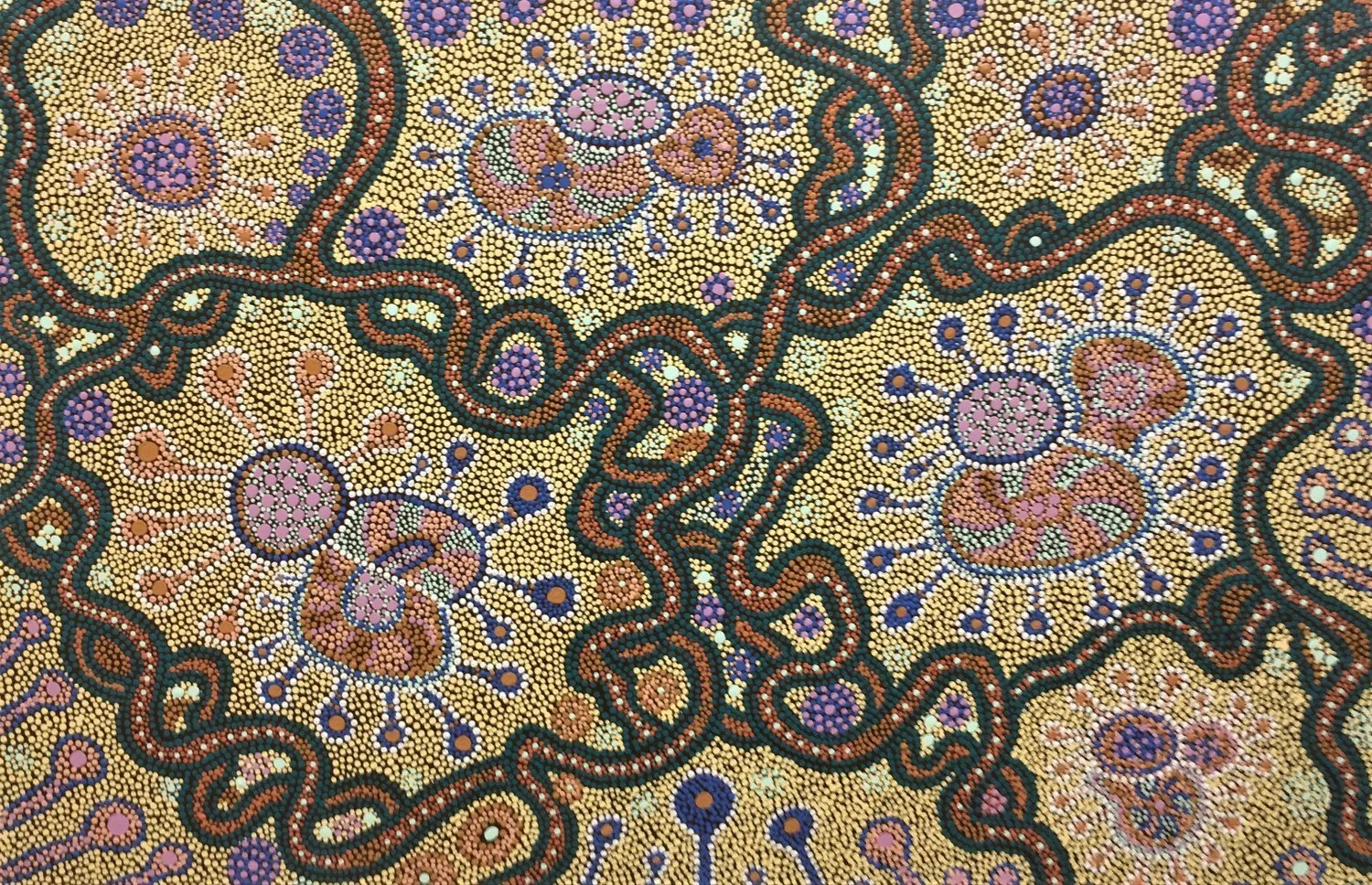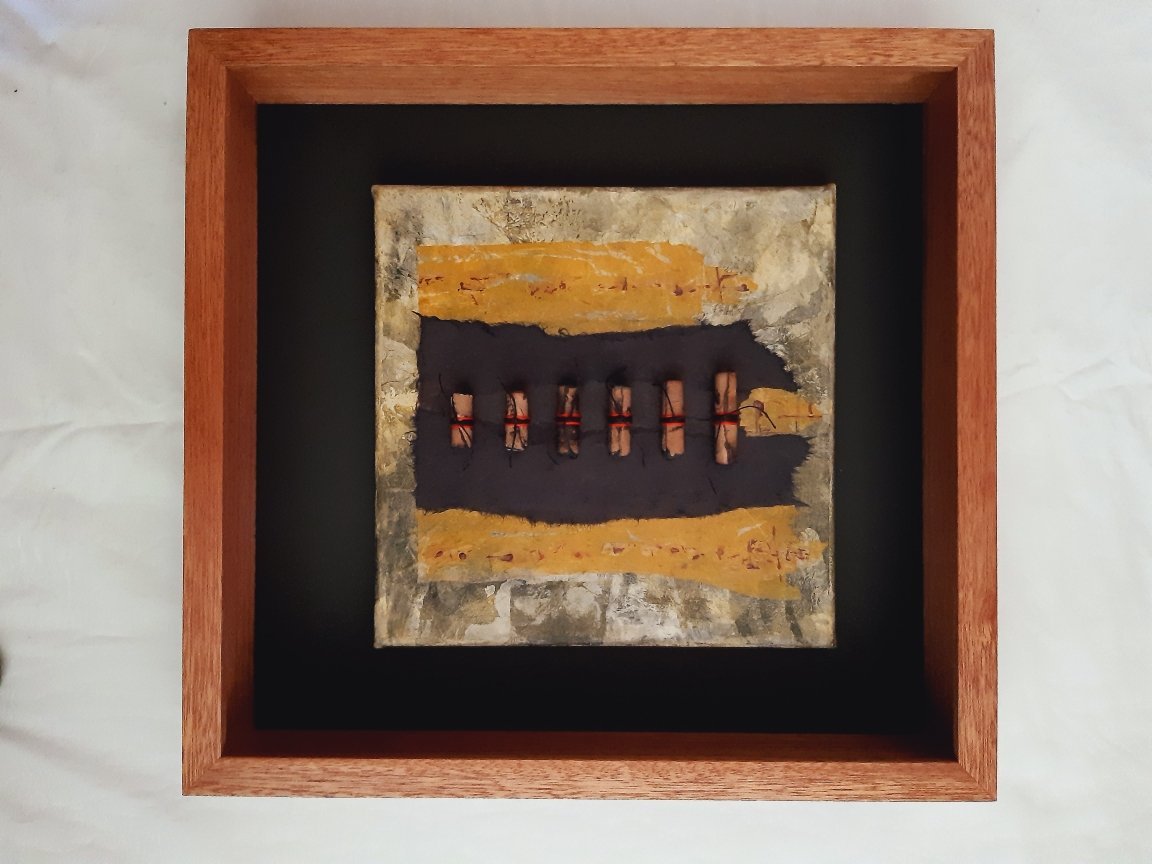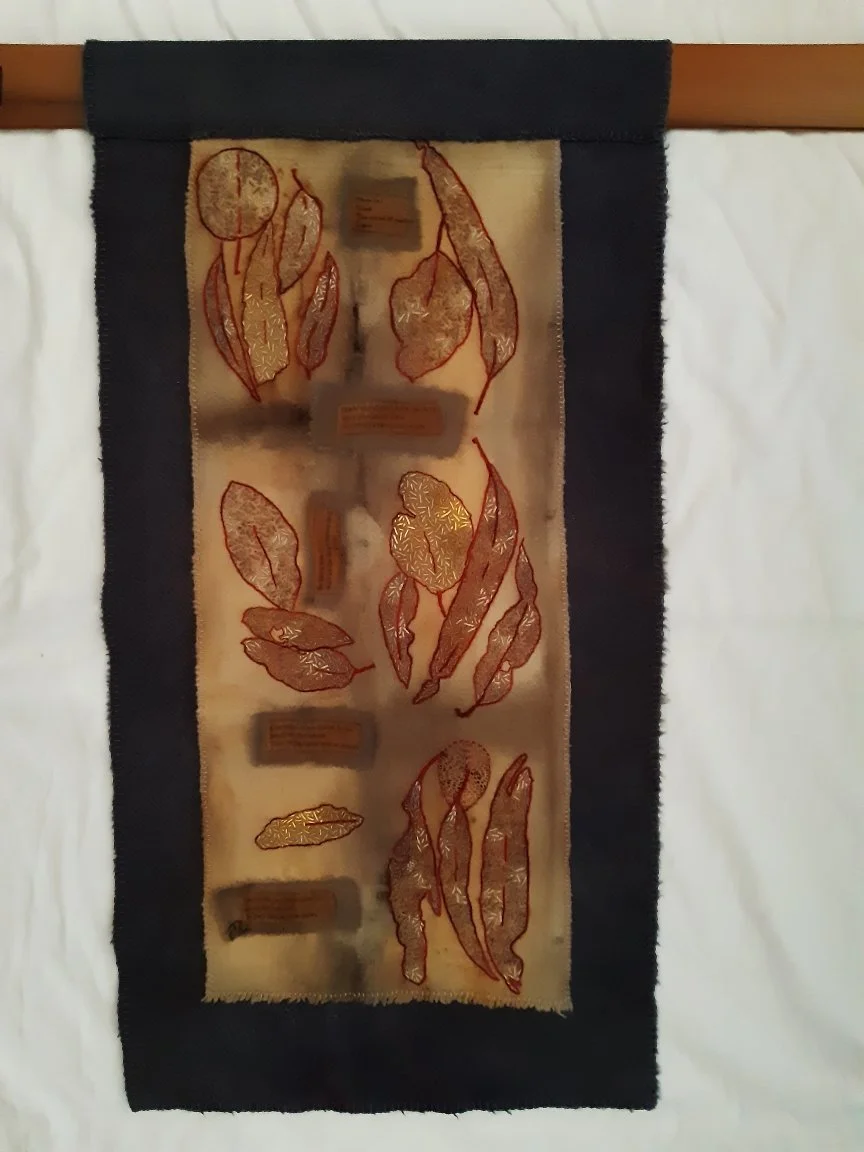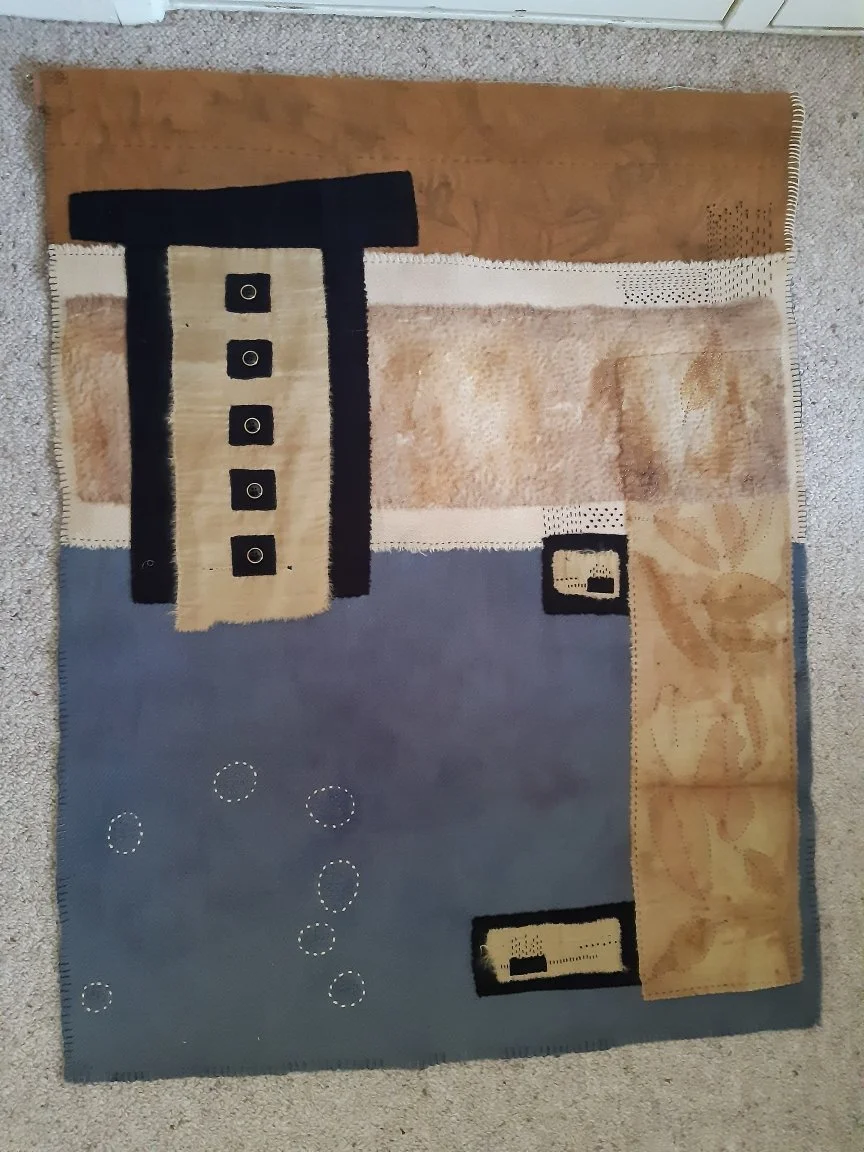As part of Stanthorpe’s 150 years celebration, the Zonta Club of Stanthorpe are working on a project “Remarkable Women” to acknowledge and highlight the contribution of women in building our community. This exhibition highlights remarkable women artists of Stanthorpe.
The exhibition includes works by Maggie Brockie, Arora De Vries, Maria De Vries, Yve Gray, Krishna Heffernan, Francina Hill, Karen Johns, Sue Jurd, Jooyun Lim, Jen Martin, Sandra McEwan, Maryke Miller, and Fay Roselt.
Maggie Brockie
Maggie Brockie is a local artist. Born in Tasmania, she has lived in the Granite Belt region since 1977 and began playing with clay in 1994. She committed to sculpture after attending Clay Sculpt, a major ceramic ‘Event’, in Gulgong in 1996.
Arora De Vries
“My name is Arora meaning black cockatoo, I carry the bloodlines of the original custodians of this land - the Gamilaraay people - in my veins.
My art is a peek into my inner world, it is my way of healing, connecting and paying respect to the elders; the works that I have created for this exhibition were all birthed during an extremely transformative time in my life, they document my process of letting go and accepting things for what they are, truly starting over.”
Maria De Vries
Previous works by Maria:
Yve Gray
Yve’s interest in clay started back in the late 70’s. Yve completed a 3 year part-time course in Studio Ceramics at South Brisbane TAFE and a short sculpture course whilst living in Monterey CA. She enjoys all three aspects wheel throwing, hand building and sculpture.
At present Yve’s interests lie with the exciting and unpredictability process of Raku firing using both wood and gas kilns.
Yve’s Raku entry in the 2021 Australian National Stanthorpe Art prize won the local Artist award which is now part of the Southern Downs Regional Art Collection.
Krishna Heffernan
Krishna is an Aboriginal woman from the Wiradjuri nation of Central New South Wales and has family connections with the Yorta Yorta people of Victoria. She is married with 4 children and 11 grandchildren. She currently lives in Wyberba with her husband and devotes her time to her Art and gardening.
Krishna’s work is a combination of paint and paper and other objects. She uses a collage approach to developing her paintings. Her love of colour and texture is evident in her art work and she draws inspiration from her environment. She likes to focus on patterns that can be seen in objects as well as look beyond the obvious to the spiritual depth in the landscape.
Francina Hill
My paintings reflect my happy places, the peace of bushland, and quiet beaches. I use my photographs and try to capture the colours, light and atmosphere I have seen and experienced. After painting with acrylics for some years I began using oil paint a year ago and am enjoying the differences.
Karen Johns
As an artist I like to try different things, different styles, different media and different thought processes.my main media is watercolour and in these 3 pieces I have played with masking fluid and a different technique in the way I have applied it. Working with watercolour is exciting as it seems limitless in the way it can be used like the paper type, the colours, the paint types, the application and on and on. Like any other skill in ones life one needs to constantly doing it so it is second nature. She who hesitates is lost.
Sue Jurd
For “Remarkable Women” I reflected on my sense of identity, within my surroundings. I love where I live. I love the granite outcrops, and my morning hikes through the rugged terrain. With this in mind I tried to depict the look, and the feel of the granite.
Jooyun Lim
Being human, we want to know what our limits are. Like we invented the airplane to reach the sky, things are developing to be ‘more' convenient and fancy life to the extreme, I wonder what we are missing now. I wonder if ‘higher, faster, bigger' is really the best way for us all. I can’t experience the beauty of slowness and simplicity in the busy life of the city where I was born and raised. I want to keep in my mind that slowness and simplicity are okay. When I make my pots, I hope that in being useful, even if it's not that fancy or brilliant, it can still be beautiful to someone, and by 'use' the pot can be meaningful without being complex and overdone. I hope it can be seen that the imperfections of the pots add to their uniqueness and handmade originality.
Jen Martin
A local Traditional woman from the Southern Downs Region, Queensland, Australia. Jen has learnt and practiced her culture over the last 29 years from her elders. Her art practice is influenced by country, stories, songs, traditional learnings and being part of the stolen generation.
Her style of art is depicted by Dreamtime stories. Guided by spirit her techniques consist of lines, dots and specific colours of her country. Jen’s art style depicts her values, beliefs and relationship with all living creatures and features of environment. Her art channels the story of this ancient land, she is one and complete when she paints her stories.
Sandra McEwan
My name is Sandra McEwan. I have been living here on the Granite Belt for almost 15 years. I fell in love with the natural beauty and the historical value of the area. I have won many prizes in Queensland and have had two major Exhibitions at the Stanthorpe Regional Art Gallery over the past five years.
Some of Sandra’s previous works:
Maryke Miller
Born in Holland, my family and I came to Australia when I was fourteen years old. My interest in Ceramics did not start until much later. I attended pottery classes and my lifetime passion with ceramics began. I studied ceramics at TAFE and have spent more than 40 years experimenting and honing my skills.
Fay Roselt
Fibre Artist, Fay Roselt feels that her practice is intuitive and irresistibly drawn to stitch. A keen recycler, she collects bones, feathers and weathered, rusty, worn and torn things, a Japanese art concept called Wabi Sabi which means impermanent, imperfect and incomplete.

